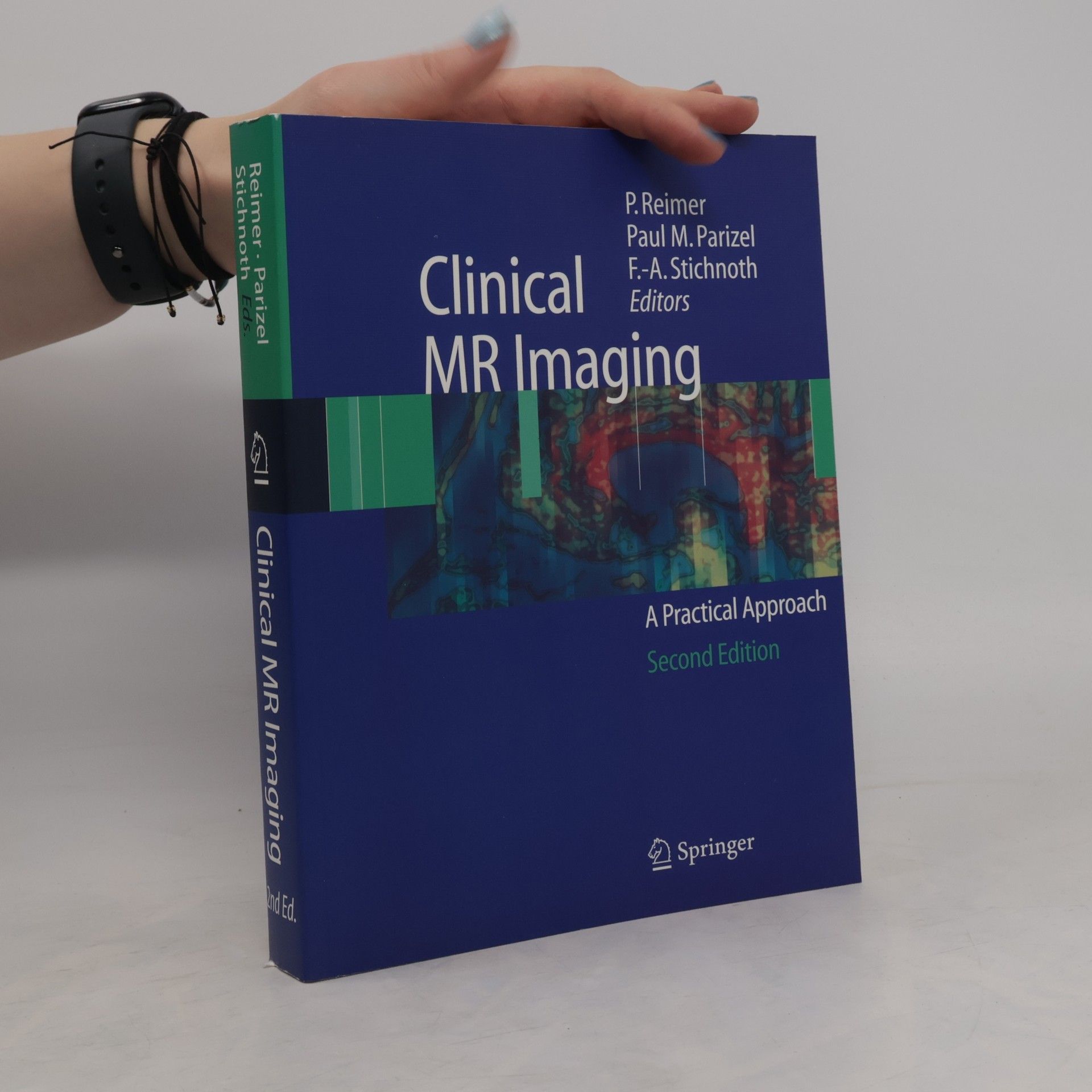Magnetic resonance imaging (MRI) has become the leading cross-sectional imaging method in clinical practice. Continuous technical improvements have significantly broadened the scope of applications. At present, MR imaging is not only the most important diagnostic technique in neuroradiology and musculoskeletal radiology, but has also become an invaluable diagnostic tool for abdominal, pelvic, cardiac, breast and vascular imaging. This book offers practical guidelines for performing efficient and cost-effective MRI examinations in daily practice. The underlying idea is that, by adopting a practical protocol-based approach, the work-flow in a MRI unit can be streamlined and optimized. For the second edition, all chapters have been thoroughly reviewed, and new techniques and figures were included. This book will help beginners to advance their starting point in implementing the protocols and will aid more experienced users in updating their knowledge.
Peter Reimer Book order

- 2006